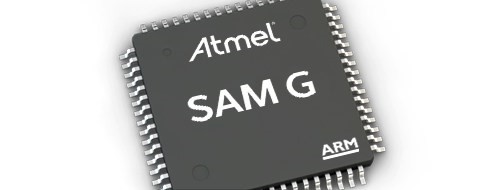
Ultra-power (ULP) microcontrollers have undergone an immense transformation in the past 25 years. The ULP industry has put in a lot of effort toward energy conservation. There has been an increased emphasis on battery-powered applications and options to embody wireless connectivity. This push to improve the efficiency of ULPs resulted in the release of the ULPBench benchmark in March 2014 to help standardize ULP parameters through a provision of a methodology to measure the energy efficiency in MCU in a reliable and equitable manner.
The ULPBench set out to define and publish standards that would make it possible for developers to compare MCUs from different manufacturers. The standards provide for a numerical score-based evaluation using pre-determined conditions. The higher the score of an MCU, the lower it’s consumption. This has come in handy in improving the efficiency of ULPs.
ULP microcontrollers for IoT
One of the biggest challenges that IoT has been facing is the availability of sensors that can be placed anywhere. The other challenge has been getting the sensor to gather and transmit data for a long period of time before it demands battery change or recharge. Ultra-power microcontrollers have made this possible. Atypical MCU for IoT should be able to conduct the following functions while ensuring a long battery life;
- Acquire data to be processed either in digital or analog format
- It should then apply DSP techniques to extract the desired information. This can be accomplished using software, unfortunately, this is slow and takes up large amounts of CPU resources. Alternatively, it could use hardware coprocessors that are designed to achieve DSP functions which is faster and reduces CPU workload but consumes more power.
- Once information has been extracted the MCU should be able to act on it or export the data via wired or wireless connection like Bluetooth or ZigBee.
Discussed below are some of the ULCs that are now available in the market and have been optimized for IoT.
-
The ADuCM302x series
The ADuCM302x MCUs have been designed to achieve a long battery life while at the same time ensuring security and reliability. The MCUs consume less than 38uA/MHZ of current when active and less than 750 nA while in standby mode. Long battery life lowers operation costs.
You May Also Like This : ” Energy Efficient Wireless Technologies for IoT –EnrgTech LTD“
-
STM32 Ultra Low Power MCUs
They have a wide variety of MCUs to choose from. This ranges for STM8L (8-bit) up to STML32L4 (Arm Cortex-M4). These MCUs is ideal for applications operating on batteries or supplied by energy harvesting that requires a very long life. The MCUs consume 170 nA in its lowest power mode and it consumes 3.5μs while it’s in sleep mode.
-
MSP430 family
These series of MCUs offers multi-power modes and consumes as low as 15 nA while in sleeping mode. They are based on 16-bit RISC core running at up to 16MHZ. This family offers a rich choice features including 10, 12 or 24-bit ADC, AES encryption, analog block, capacitive touchscreen interfaces, LCDs and serial interfaces.
Whatever the IoT application you are developing, the above listed MCUs offer you a good range to choose from.






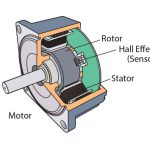
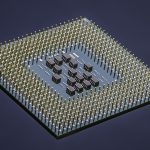
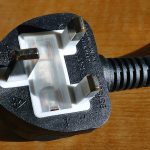

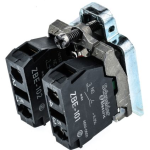
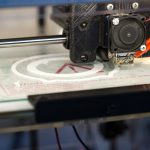
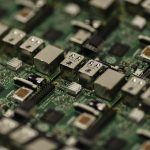

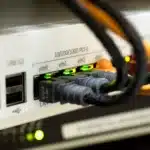

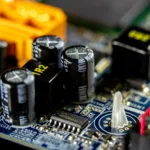




2 Comments